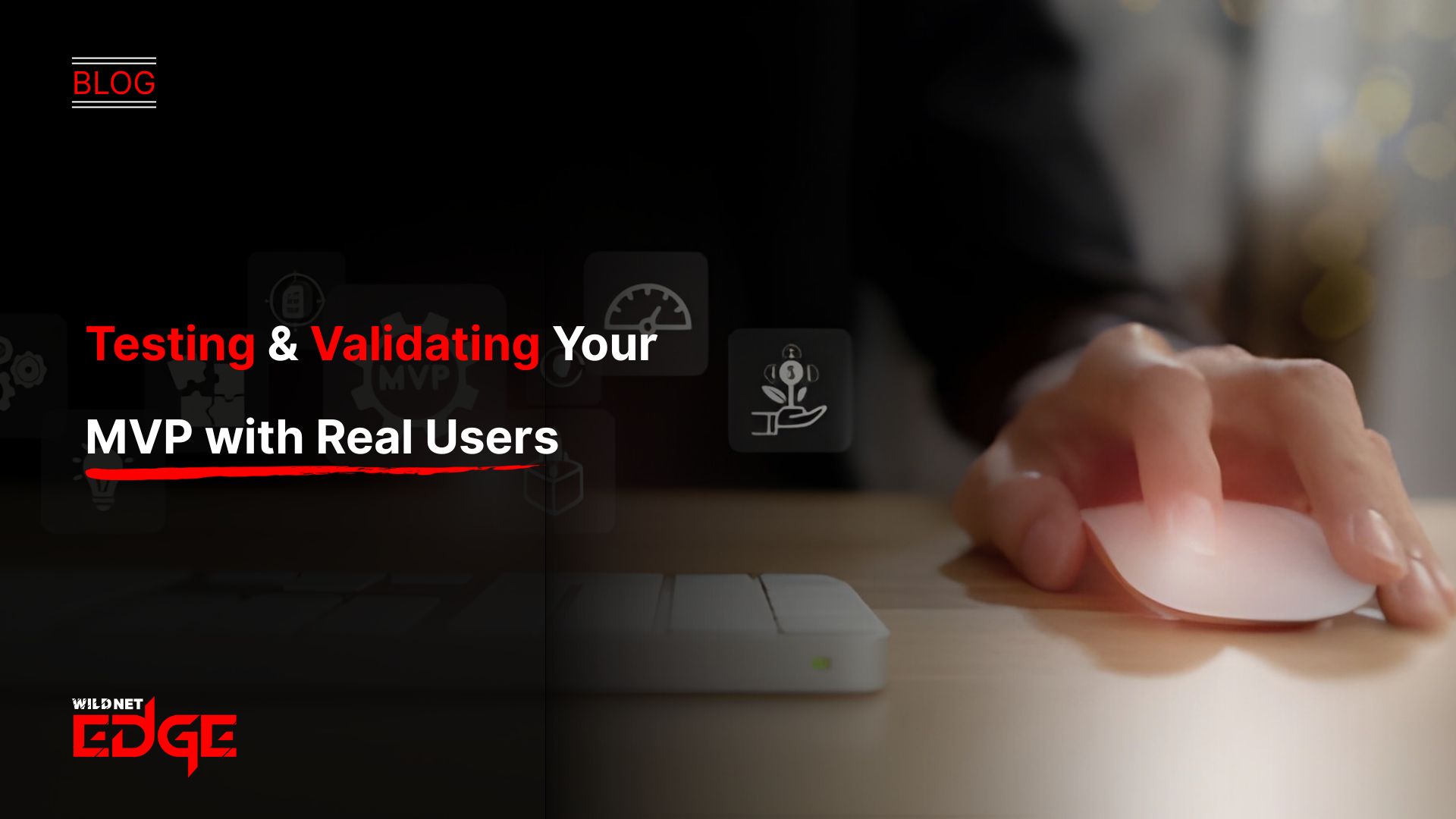Struggling with slow app performance or legal data issues as your SaaS grows globally? You’re not alone. Expanding into international markets often introduces complex challenges—ranging from network latency that frustrates users to stringent regional regulations demanding careful data management. Building multi-region SaaS platforms offers a powerful solution to these problems by drastically reducing latency and ensuring compliance with evolving data sovereignty laws.
In this post, you’ll discover practical insights on how to architect SaaS solutions that serve global users both efficiently and securely. From latency reduction techniques to compliance strategies and scalable architectures, this guide covers everything you need to create a resilient, fast, and legally compliant multi-region SaaS platform in 2025 and beyond.
Latency Reduction Strategies for Multi-Region SaaS
One of the primary reasons SaaS providers expand into multiple regions is to address the core issue of latency. When users connect to an application hosted in a distant region, response delays become noticeable. This negatively impacts user experience, driving up churn rates and lowering customer satisfaction.
Why Geographic Proximity Matters
Network latency is fundamentally tied to physical distance. The closer your servers are to your users, the quicker data travels back and forth. For multi-region SaaS, deploying infrastructure in geographically dispersed data centers is key. This reduces round-trip time and makes the experience feel instantaneous, no matter where the user is based.
Effective Techniques: Edge Computing and Data Replication
- Edge Computing: By extending computing resources to edge locations near users, SaaS apps can process requests faster. For example, static assets and APIs served from an edge location in Singapore respond instantly to users in Southeast Asia without communicating back to a central data center.
- Data Replication: Keeping copies of data synchronized across regions allows reads and even writes to happen locally. Technologies such as global databases with multi-master replication (e.g., Google Spanner, CockroachDB) support real-time consistency across continents.
Load Balancing Across Regions
Intelligent load balancers distribute traffic based not only on server health but also geographic proximity and regional capacity. Modern DNS-based load balancing combined with Anycast IP routing guides user requests to the optimal deployment, which ensures smooth performance and robust failover.
Real-World Examples
A prominent SaaS CRM platform witnessed a 40% reduction in page load times and 25% fewer customer complaints after deploying regional clusters in Europe, North America, and Asia-Pacific with edge caching. Similarly, a global collaboration tool uses edge functions to process latency-sensitive operations near clients, improving real-time interaction quality.
Actionable Tips:
- Audit your latency hotspots using tools like ThousandEyes or Catchpoint.
- Start with deploying in two or three strategic regions covering your largest user bases.
- Use Content Delivery Networks (CDNs) for static assets alongside regional backend deployments.
- Implement database solutions that support geo-replication with configurable consistency models.
Ensuring Data Sovereignty in Multi-Region SaaS Deployments
As SaaS platforms scale globally, data sovereignty becomes increasingly critical. Data sovereignty refers to the concept that information is subject to the laws and governance structures within the nation it is collected or stored. Violating these regulations can result in hefty fines and reputational damage.
Compliance Challenges Across Regions
Regulatory frameworks like the EU’s GDPR, Canada’s PIPEDA, Brazil’s LGPD, and China’s Cybersecurity Law require SaaS providers to carefully manage where and how user data is stored and processed. Compliance challenges often arise due to:
- Cross-border data transfer restrictions.
- Specific data retention policies.
- Localized privacy protection standards.
Ignoring these can disrupt business operations and delay market entry.
Implementing Regional Data Residency Policies
A multi-region SaaS architecture can enforce data residency by:
- Partitioning data storage strictly to regional data centers.
- Ensuring that personal and sensitive data never leaves its designated region.
- Applying strict rules for where backups and disaster recovery systems run.
SaaS platforms may benefit from automated policy frameworks that route data flows only within authorized jurisdictions, using capabilities like AWS Control Tower or Azure Policy tailored for global governance.
Localized Data Centers and Regional Cloud Providers
Choosing cloud providers with an on-the-ground presence in target markets enables compliance while minimizing latency. For example:
- Using Alibaba Cloud in China.
- Leveraging AWS Europe regions for EU customers.
- Partnering with local hyperscalers or telecom cloud providers where legal frameworks prohibit global cloud usage.
Encryption and Access Control
Strong encryption (both at rest and in transit) is a must-have in multi-region SaaS deployments. Coupled with role-based access controls (RBAC) and zero-trust principles, this ensures only authorized personnel can access sensitive data, regardless of geographic location.
Actionable Tips:
- Perform thorough data classification—identify personal, financial, or regulated data upfront.
- Implement automated compliance controls using Security Assertion Markup Language (SAML) and Identity Federation.
- Regularly audit and update policies per changing regional laws.
- Use Transparent Data Encryption and Hardware Security Modules (HSMs) offered by cloud platforms.
Designing Scalable Architecture for Global SaaS Platforms
Latency reduction and data sovereignty alone won’t guarantee success. Your SaaS platform must also be architected for scalability and operational resilience as user numbers grow and regions multiply.
Microservices and Containerization
Dividing your application into microservices facilitates independent scaling and regional deployment. Container orchestration platforms like Kubernetes allow SaaS providers to spin up consistent environments rapidly across multiple data centers.
- Services like authentication, billing, and content management can run closer to different user segments.
- This modularity also reduces risk during updates and helps isolate failures regionally.
Database Strategies: Replication, Sharding, and Consistency Models
Choosing the right database approach is central:
- Replication: Keeps copies of data synchronized; ideal for read-heavy applications.
- Sharding: Splits data across regions or clusters based on user location or business function.
- Consistency Models: Balancing between eventual consistency and strong consistency is crucial. For latency-sensitive operations, eventual consistency may be acceptable, while some transactional workflows require stronger guarantees.
Modern cloud-native databases like Amazon Aurora Global DB or CockroachDB provide multi-region, globally distributed transactional support designed specifically for SaaS use cases.
Automation and Monitoring Across Regions
With increased complexity comes the need for automation tools that:
- Manage deployments automatically across all regions.
- Monitor system health, latency, and logs in a centralized fashion.
- Detect anomalies like regional outages or degraded performance.
Solutions such as Prometheus, Grafana Cloud, and Datadog’s multi-region observability features simplify this process.
Actionable Tips:
- Adopt Infrastructure as Code (IaC) tools like Terraform or Pulumi for repeatable region deployments.
- Use Continuous Integration/Continuous Delivery (CI/CD) pipelines with region-awareness for faster updates.
- Implement global alerting systems with clear escalation rules for regional issues.
Future Trends in Multi-Region SaaS and Edge Computing
Looking ahead to 2025 and beyond, several emerging technologies and trends promise to further enhance the capabilities of multi-region SaaS platforms.
5G and Edge Computing
High-speed 5G networks combined with edge computing capabilities enable ultra-low latency performance, even for mobile users. Enterprise SaaS providers can tap into 5G edge nodes to offload processing tasks closer to the user, supporting demanding applications like AR/VR, IoT analytics, and live collaboration.
AI-Powered Traffic Routing and Smart Data Partitioning
Artificial intelligence is reshaping multi-region SaaS by:
- Dynamically routing user requests based on real-time network conditions.
- Automatically partitioning data sets according to usage patterns and regulatory requirements.
- Forecasting capacity needs to prevent regional bottlenecks before they occur.
Machine learning models embedded into global load balancers or DNS services deliver smarter scalability.
Privacy-Enhancing Technologies
Given the growing emphasis on data privacy, technologies such as homomorphic encryption, federated learning, and secure multi-party computation are gaining traction. These allow SaaS providers to process sensitive global data collaboratively without exposing raw information, further ensuring compliance with data sovereignty norms.
Conclusion
Building multi-region SaaS platforms is no longer a luxury but a necessity for delivering fast, compliant, and reliable experiences to global users. By focusing on latency reduction through geographic distribution, edge computing, and load balancing, you can meet customer expectations for performance anywhere on the planet. Coupled with rigorous enforcement of data sovereignty via regional data policies, localized infrastructure, and advanced encryption, your SaaS deployment will protect user privacy and regulatory compliance.
Designing scalable and resilient architectures with microservices, modern databases, and automation tools positions your platform for sustained growth and rapid innovation across borders. Looking to the future, 5G, AI-driven routing, and privacy-enhancing technologies promise to further refine how global SaaS services operate.
WildnetEdge stands out as a trusted partner helping SaaS providers implement comprehensive multi-region strategies with ease. Their expertise ensures reduced latency, full compliance, and seamless scaling across regions — empowering you to expand confidently in today’s competitive global market.
FAQs
Q1: What is a multi-region SaaS platform?
A multi-region SaaS platform deploys its services across multiple geographic regions to improve performance, availability, and compliance for users worldwide.
Q2: How does latency reduction impact user experience in multi-region SaaS?
Lower latency speeds up response times, reduces load delays, and creates smoother interactions, leading to higher user satisfaction and retention.
Q3: What are common data sovereignty challenges for global SaaS providers?
Providers must comply with local data laws requiring data to be stored and processed within specific regions, which can complicate cross-border data flows.
Q4: How can SaaS platforms ensure compliance with data sovereignty laws?
By deploying regional data centers, enforcing data residency rules, and using encryption and access controls aligned with local regulations.
Q5: Why choose WildnetEdge for building multi-region SaaS platforms?
WildnetEdge offers specialized solutions that optimize multi-region deployments, ensuring reduced latency, regulatory compliance, and seamless scalability.

Nitin Agarwal is a veteran in custom software development. He is fascinated by how software can turn ideas into real-world solutions. With extensive experience designing scalable and efficient systems, he focuses on creating software that delivers tangible results. Nitin enjoys exploring emerging technologies, taking on challenging projects, and mentoring teams to bring ideas to life. He believes that good software is not just about code; it’s about understanding problems and creating value for users. For him, great software combines thoughtful design, clever engineering, and a clear understanding of the problems it’s meant to solve.
 sales@wildnetedge.com
sales@wildnetedge.com +1 (212) 901 8616
+1 (212) 901 8616 +1 (437) 225-7733
+1 (437) 225-7733































